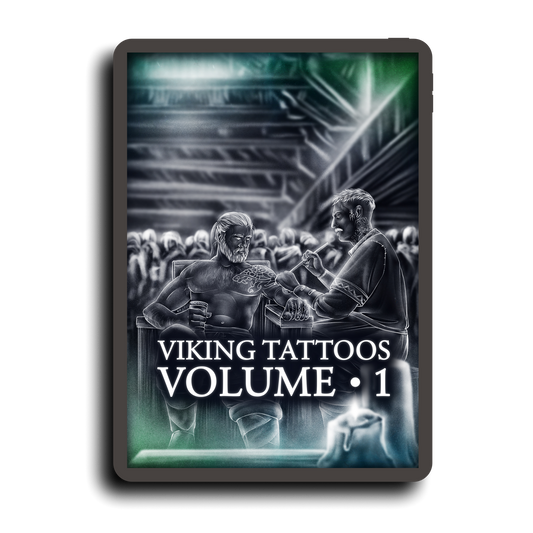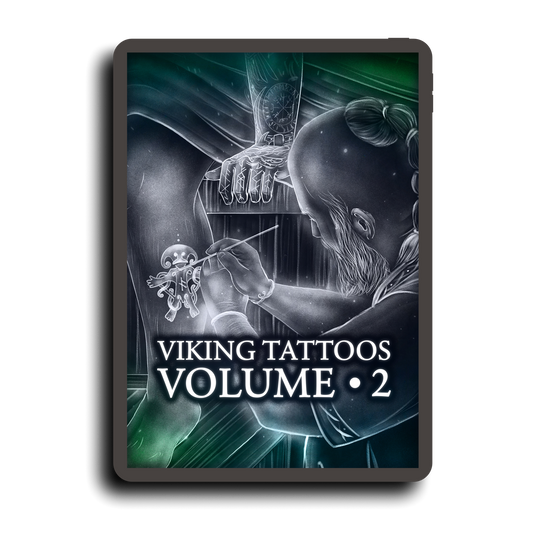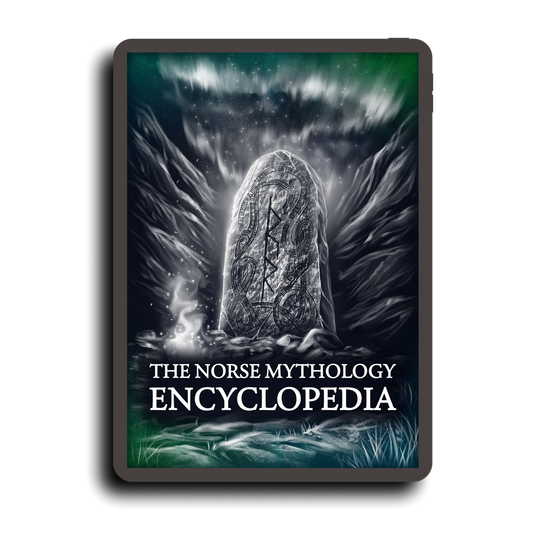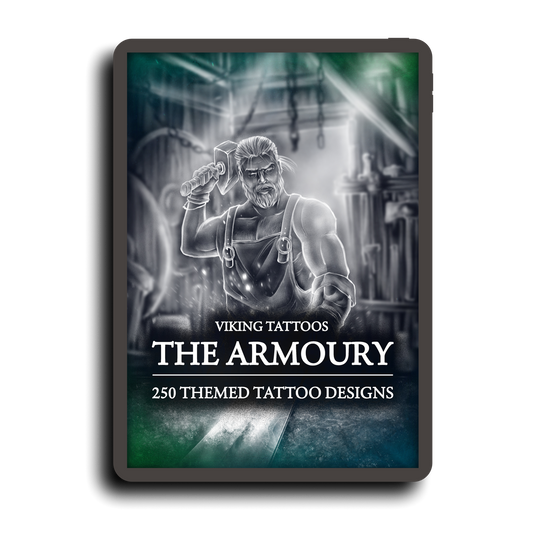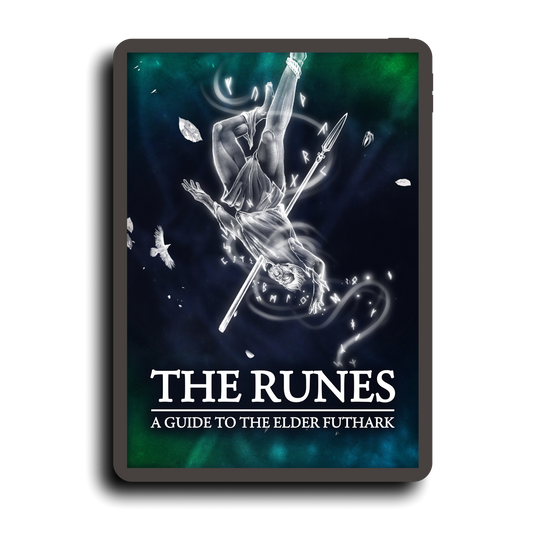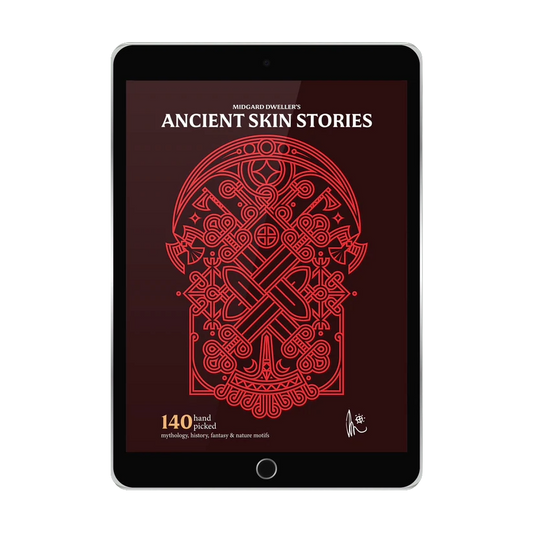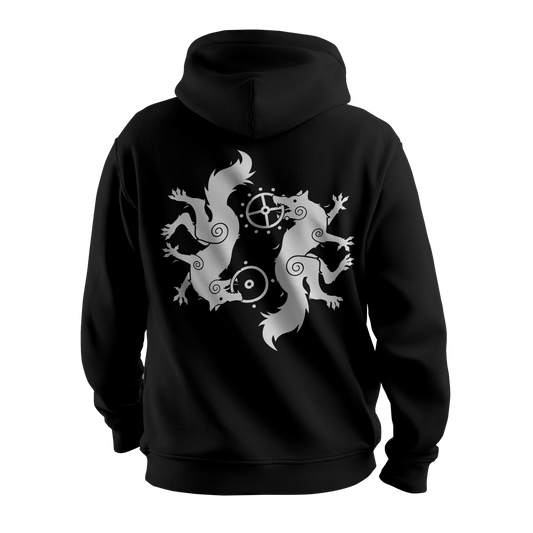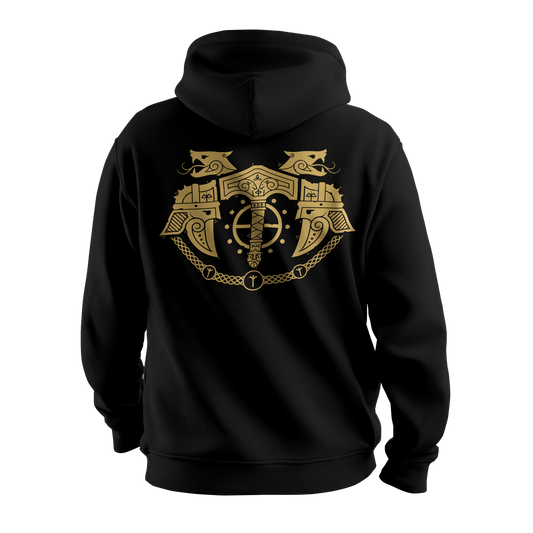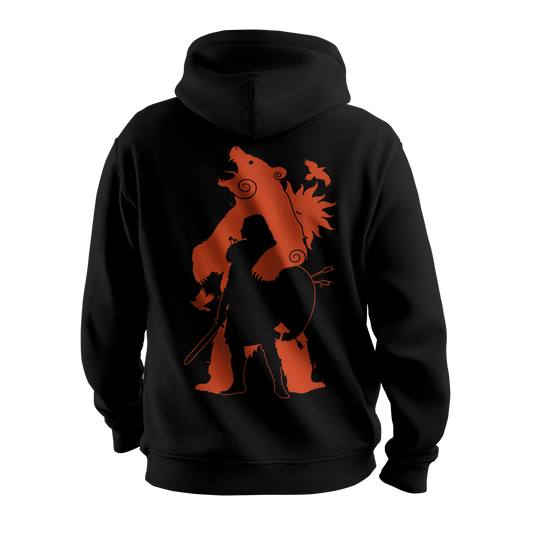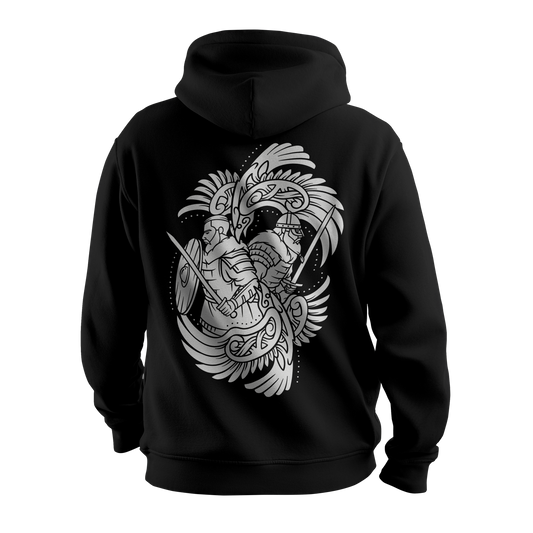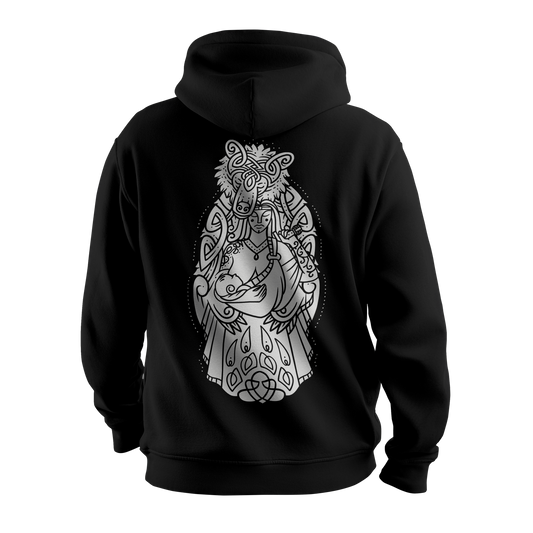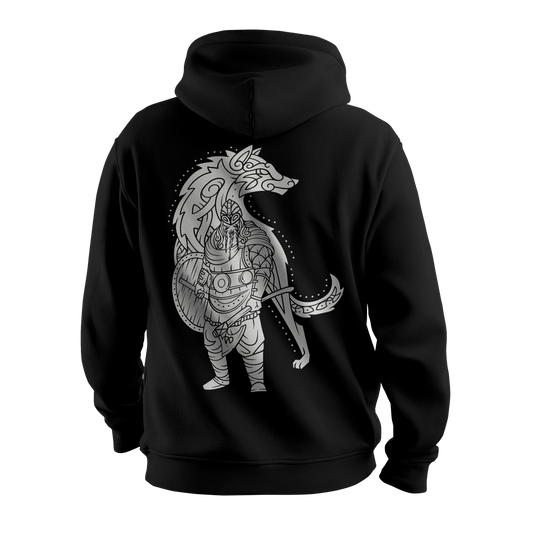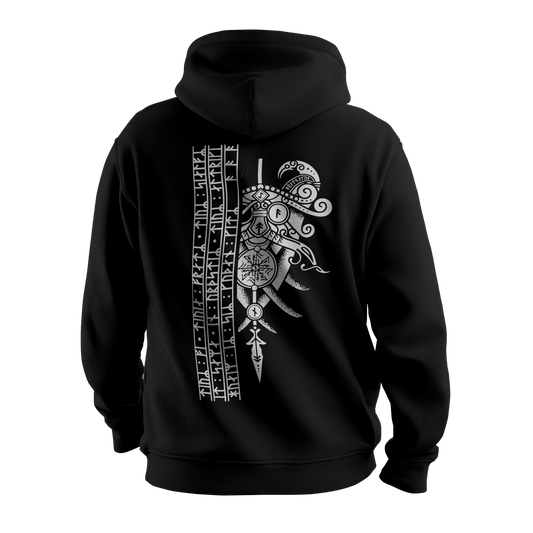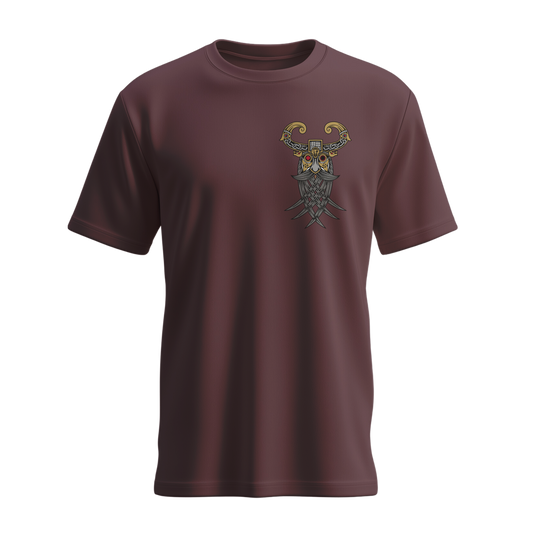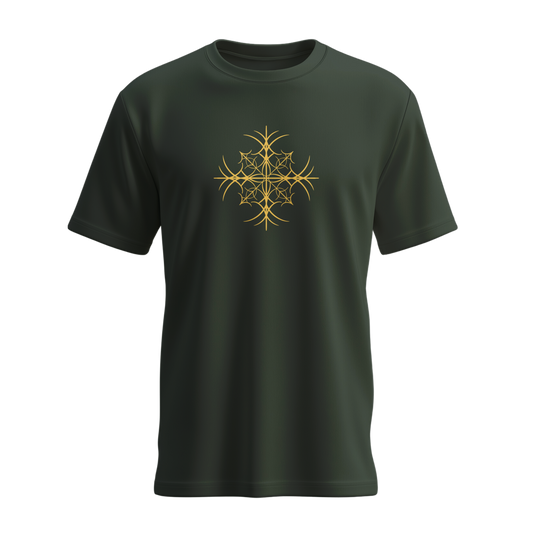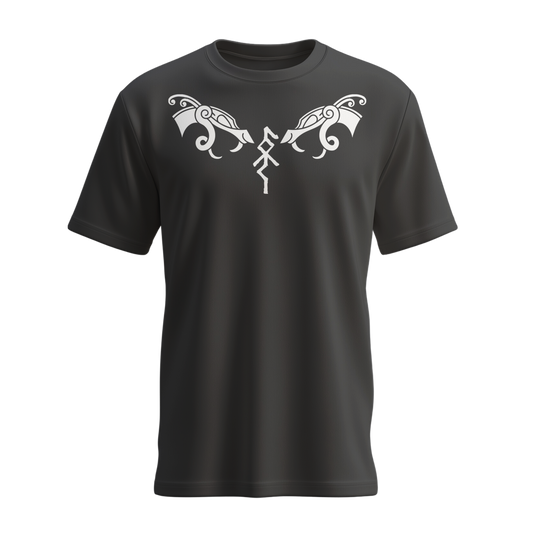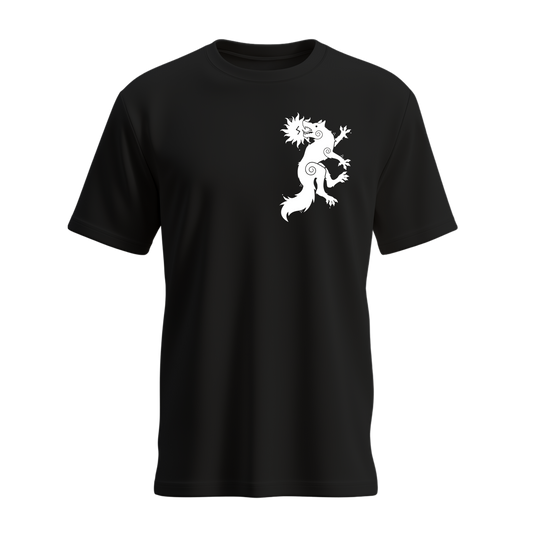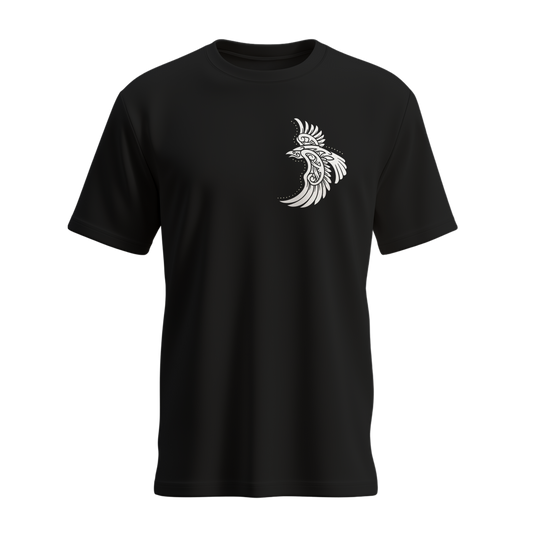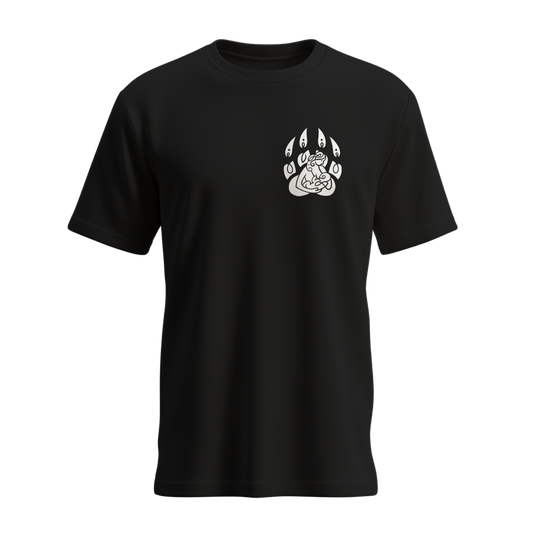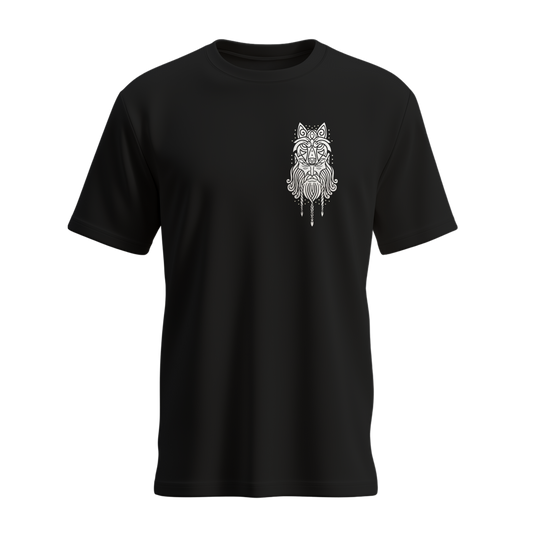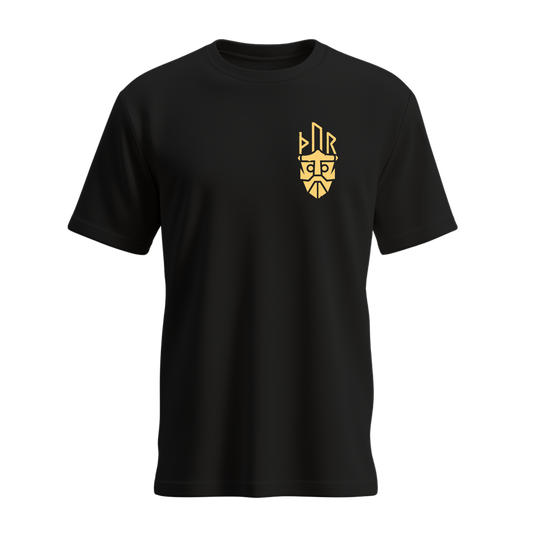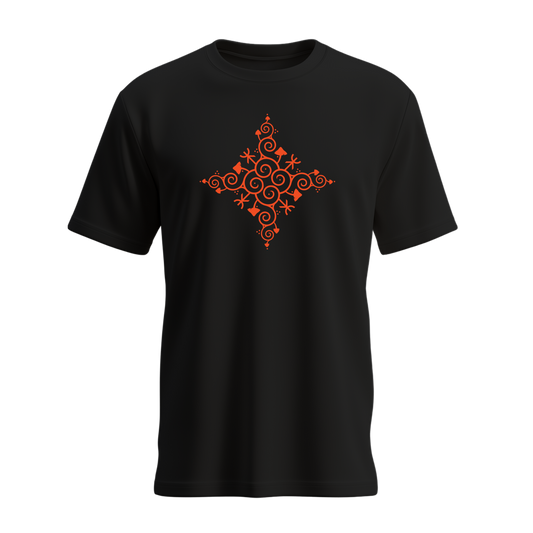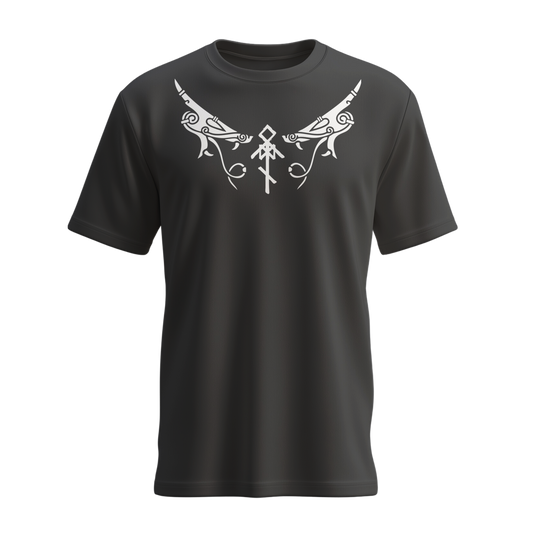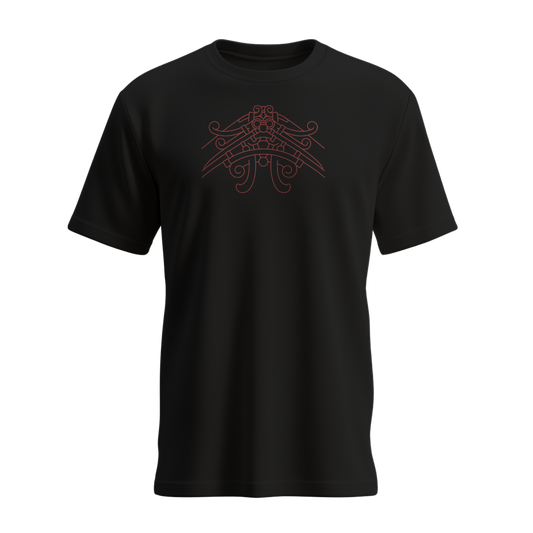
Welcome to the Einarr's Journey Rune Converter, a tool designed to translate your text into the ancient symbols of the Norse world.
Runes, originating from the Elder Futhark, were not just an alphabet; they held deep spiritual and magical significance for the Vikings and other Germanic peoples. These symbols, used for writing, divination, and magical practices, offer a fascinating glimpse into the rich tapestry of Norse mythology and culture.
This free online rune converter tool allows you to explore the visual representation of these ancient symbols, translating your text into the evocative forms of the runes. Whether you're interested in Norse history, Viking culture, or simply curious about the mystique of runes, this tool provides a fun and accessible way to engage with these ancient characters.

Some Rune-Writing Tips to help you on your journey
Tip 1: The Runes are Phonetic
Runes are phonetic symbols, representing sounds (phonemes) rather than individual letters. This means when translating a word into runes, you should focus on the pronunciation and find the runes that correspond to each distinct sound. For example, the English word "cat" would be broken down into the sounds /k/, /æ/, and /t/.
However, it's crucial to remember that the runic alphabets, such as the Elder Futhark and Younger Futhark, were developed for ancient languages like Proto-Germanic and Old Norse. Therefore, perfect one-to-one translations for modern languages are often impossible, and approximations are sometimes necessary.
Tip 2: The Younger Futhark Áss Rune (ᚬ)
he Áss rune (ᚬ) in the Younger Futhark represents nasal vowels in Old Norse. These nasal vowels are a distinct feature of the language and can be challenging to represent accurately in modern languages. Understanding Old Norse phonology (the system of sounds) is essential for proper usage of this rune.
Using the Áss rune correctly requires knowledge of how these nasal vowels were pronounced and how they interacted with other sounds in Old Norse.
Tip 3: I Prefer to Use Úr (ᚢ) in Place of Áss (ᚬ)
While the Áss rune (ᚬ) is sometimes used to represent the "o" sound, its primary purpose in Old Norse was to represent nasal vowels. For greater clarity and consistency when transcribing modern languages into runes, I recommend using the Úr rune (ᚢ) to represent a range of "o" sounds, including O, Ó, Ø, and Œ.
This approach simplifies the transliteration process and reduces ambiguity. From what I can gather, most instances of the Ö character being used come from the Old Norse 'Ǫ,' which would have been written with the Ár rune (ᛅ).
Tip 4: The Correct Language for Each Set
Each runic alphabet (or "Futhark") was originally associated with a specific language:
Elder Futhark: Proto-Germanic
Younger Futhark: Old Norse
Anglo-Saxon Futhorc (Futhorc): Old English
Using the correct Futhark for the language you're attempting to represent is crucial for historical accuracy and proper interpretation of runic inscriptions. Personally, I don't have an issue using the incorrect Runes, I think that's a decision for each creative individual to make for themselves.
Tip 5: No Need for Duplicates
Because runes were traditionally carved into materials like stone, wood, or bone—a laborious process—runic inscriptions generally avoided using duplicate runes in close proximity.
This practice was likely adopted to save time and effort. While there are rare exceptions, minimizing repetition is a good practice when writing runes, especially if you're aiming for a historically inspired style.
To give you an example, my name: Connor, would be written without the duplicate 'n.' The answer to 'How do I write my name in runes' in that case would be roughly as follows:
My Name in Elder Futhark: ᚲᛟᚾᚢᚱ
My Name in Younger Futhark: ᚴᚢᚾᚢᛦ
My Name in Anglo Saxon Futhorc: ᚳᚩᚾᚢᚱ
Tip 6: Consistency is Key
Whether you choose a phonetic (sound-based) or letter-based approach to rune translation, consistency is essential. Stick to one method throughout your text to avoid confusion and ensure clarity.
It's also vital to use only one runic alphabet (such as the Elder Futhark or Younger Futhark) within a single inscription. Mixing different Futharks creates anachronisms and can lead to misinterpretations.
Tip 7: Spacing Matters
Proper spacing significantly improves the legibility of runic inscriptions, particularly longer texts. For example, writing "Skoll & Hati" in Younger Futhark (Old Norse: Skǫll ok Hati) is much clearer with appropriate spacing: ᛋᚴᛅᛚ : ᛅᚢᚴ : ᚼᛅᛏᛁ
Without spacing, the runes become difficult to distinguish: ᛋᚴᛅᛚᛅᚢᚴᚼᛅᛏᛁ. The colon (:) is often used as a word divider in runic inscriptions. Alongside the Colon, many historical runestones have been found with an × as spacing between the runic words.
Tip 8: Do Your Research
It's important to understand that no online rune translator or rune converter can provide a perfectly accurate translation, especially for complex texts or modern languages. These tools can be useful starting points for exploring the visual representation of runes, but for accurate and nuanced rune writing, dedicated research and study are essential. Learning about the historical context, linguistic origins, and variations within the different Futharks is crucial. For further study, I recommend checking out these book recommendations.
Tip 9: Have Fun with it!
Using a rune converter is a fantastic way to spark your creativity and explore the world of Norse mythology. While precise translation requires in-depth knowledge, feel free to use my Rune Writing tool to create visually appealing rune texts, design bindrunes for personal inspiration, or simply see how your name looks in runes.
Don't be afraid to experiment and have fun with it! The runes are powerful symbols, and exploring them creatively can deepen your connection to Norse culture.

Primarily, I work with the Elder Futhark and the Younger Futhark Runes
Here's some information about both:
The Elder Futhark:
The Elder Futhark is the oldest known form of the runic alphabets, dating back to around the 2nd century CE. It consists of 24 runes, each with a unique name, meaning, and associated symbolism. These runes were often linked to natural forces, deities from Norse mythology, or abstract concepts like joy, travel, or inheritance. The Elder Futhark is considered the most historically significant runic alphabet and is often used for academic study and historical recreations. Our rune converter primarily uses the Elder Futhark for its historical accuracy and widespread recognition.
The Younger Futhark:
The Younger Futhark developed from the Elder Futhark around the 8th century CE and was primarily used during the Viking Age. It is a simplified version, containing only 16 runes. This reduction in symbols led to some runes representing multiple sounds, making interpretation sometimes more complex.
There are two main branches of the Younger Futhark: the Long-Branch (or Danish) runes and the Short-Twig (or Swedish-Norwegian) runes. While our main converter uses the Elder Futhark, understanding the Younger Futhark is vital for studying Viking Age inscriptions and literature.

How were the Runes used, both Historically & in the Norse Myths?
Runes were used for a variety of purposes in ancient Germanic and Norse societies. They were not just a writing system; they were imbued with cultural and spiritual significance. Here are some examples:
Inscriptions,
Runes were carved onto various objects, including weapons (like swords and spearheads), jewelry (brooches and amulets), tools, and runestones. These inscriptions could serve various purposes, such as marking ownership, commemorating events, invoking protection, or conveying messages.
Runestones:
Large stones carved with runic inscriptions, often erected to commemorate important events or individuals. These runestones provide valuable insights into the history, beliefs, and social structures of the Viking Age.
Divination:
Runes were also used for divination, a practice of seeking knowledge of the future or hidden information. Runes would be cast or drawn, and their meanings interpreted to provide guidance or insight.
Magic and Rituals:
In Norse mythology and folklore, runes were often associated with magic and supernatural powers. Certain runes were believed to have specific magical properties and were used in various rituals and spells. The story of Odin discovering the runes, by hanging himself on the world tree Yggdrasil, is a central myth related to their magical significance.
And then there's Bindrunes, which have seen a massive resurgence in modern times

Bindrunes | What are they?
The Runes are deeply intertwined with magic and mystery in Norse mythology,
Their origin is attributed to Odin's dramatic ordeal on Yggdrasil, the world tree. By hanging himself for nine days and nights, pierced by his own spear, Odin gained access to the magical power and wisdom of the runes, making them a potent force in the Norse cosmos.
Read about that story by clicking the link below, I've also left a link to the entire Havamal, the poem in which that mini story resides.

Odin's Sacrifice: The Discovery of the Runes
A tale told to us in the Eddic Poem: Havamal
My Shop,
-
Viking Tattoos: Vol. 1
Regular price £30.00 GBPRegular priceUnit price / per -
Viking Tattoos: Vol. 2
Regular price £30.00 GBPRegular priceUnit price / per -
The Norse Mythology Encyclopedia
Regular price £30.00 GBPRegular priceUnit price / per -
Viking Tattoos: The Armoury
Regular price £30.00 GBPRegular priceUnit price / per -
Ancient Skin Stories E-Book - 140 Tattoos • By Midgard Dweller
Regular price £30.00 GBPRegular priceUnit price / per -
Skoll & Hati Hoodie
Regular price £44.95 GBPRegular priceUnit price / per -
Thor Hoodie
Regular price £44.95 GBPRegular priceUnit price / per -
Berserker Hoodie
Regular price £44.95 GBPRegular priceUnit price / per -
Brotherhood Hoodie
Regular price £44.95 GBPRegular priceUnit price / per -
Motherhood Hoodie
Regular price £44.95 GBPRegular priceUnit price / per -
Fatherhood Hoodie
Regular price £44.95 GBPRegular priceUnit price / per -
Odin Hoodie
Regular price £44.95 GBPRegular priceUnit price / per -
Allfather Tee
Regular price £19.95 GBPRegular priceUnit price / per -
Freyja Tee
Regular price £19.95 GBPRegular priceUnit price / per -
Wolves of Ragnarok Tee
Regular price £19.95 GBPRegular priceUnit price / per -
Brotherhood Tee
Regular price £19.95 GBPRegular priceUnit price / per -
Motherhood Tee
Regular price £19.95 GBPRegular priceUnit price / per -
Fatherhood Tee
Regular price £19.95 GBPRegular priceUnit price / per -
Berseker Tee
Regular price £19.95 GBPRegular priceUnit price / per -
Handmade Runic Leather Wallet | Burgundy
Regular price £34.95 GBPRegular priceUnit price / per
